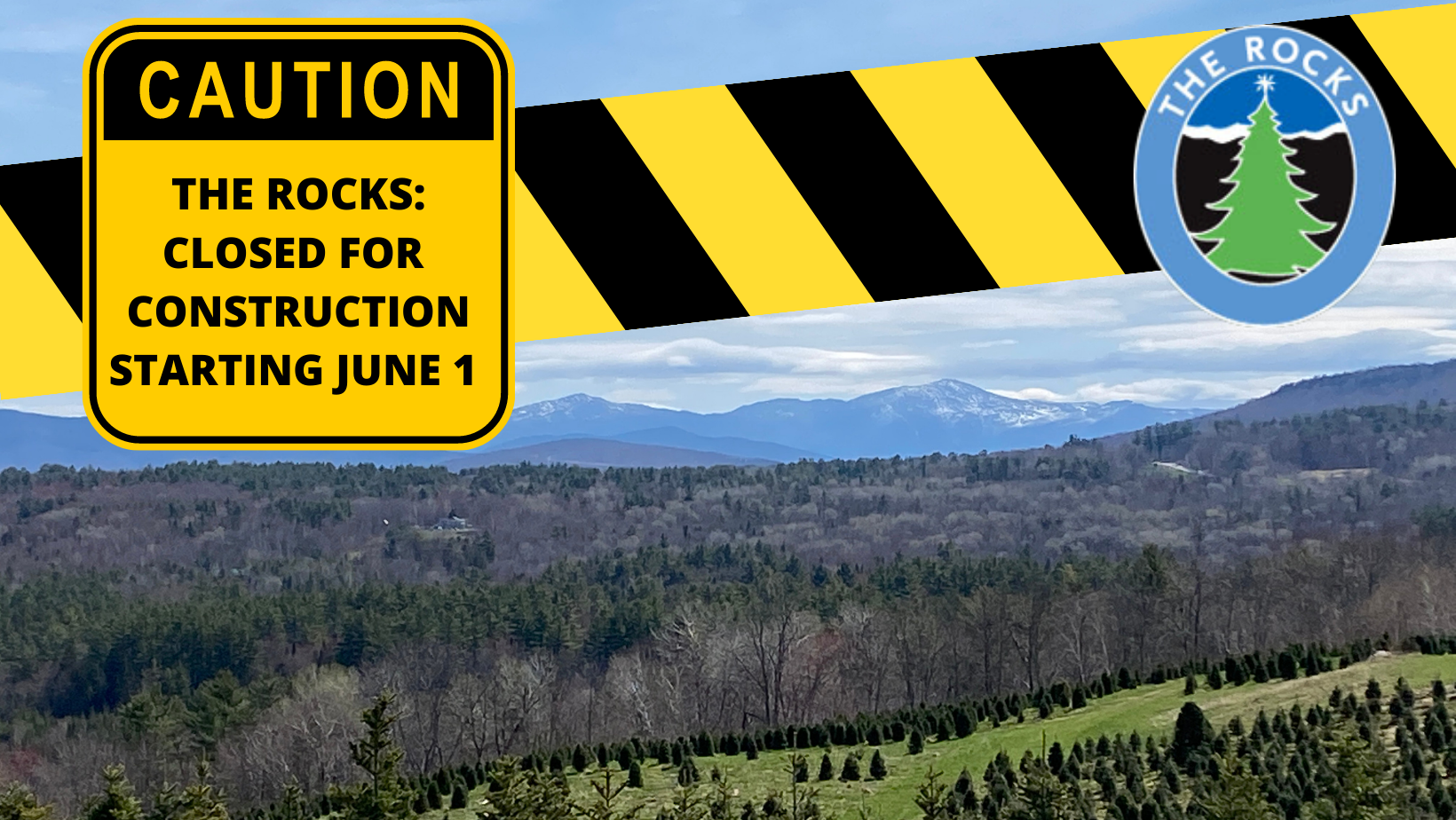
Beginning June 1, The Rocks' grounds, trails, and parking lots will close to general public use, except for for special events, while heavy equipment again rolls into position. In June, work will begin on the renovation of the iconic stone and shingle carriage barn at the center of the property, and in July landscaping will continue to create a new hillside amphitheater overlooking the easterly White Mountain view.
Closure of the property is temporary — although the renovation of the building will continue over the next year, the construction zone will be contained so that the parking areas and public use should be open to the general public in August.
On the bright side, this construction marks the beginning of a transformation of the historic carriage barn and cow barn into a vibrant new energy-efficient program center that will include:
- Classrooms and event space;
- A bright and airy gallery and exhibit space;
- The return of a gift shop — as well as continued annual holiday wreath and tree sales;
- Offices for Forest Society staff in land protection, easement stewardship, programs, and outreach serving the North Country;
- Interpretative history of The Rocks and a range of forest exploration opportunities.

Built as a self-sustaining farm — and the late 19th-20th Century White Mountain retreat for the Chicago-based Glessner family — The Rocks has stood as a quintessential example of the rustic but sophisticated shingle style period. It blends stylish architecture and refined Olmsted-designed gardens with the prototypes of early agricultural machinery, energy generation, and whimsy, exemplified by the network of woodland trails leading to hidden summer houses. The Rocks also played a part in the early campaign to draw tourism to the White Mountains, and later became the home of Frances Glessner Lee, a pioneer of forensic investigation and creator of "The Nutshell Studies of Unexplained Death" — well ahead of her time and the popularity of CSI.
Now, the Forest Society will carry on the tradition of innovation and sustainability at The Rocks. Rather than rebuild replica structures of buildings that were lost to fire, the spectacular stone carriage barn will be transformed into a program center supported by geothermal and solar systems. In addition to a range of on-site programs and interpretation, the new facility will allow more Forest Society staff to be based in the North Country to advance conservation, stewardship and recreation opportunities.
- To learn more about the Campaign for Forest Society North at The Rocks, please contact Anne Truslow at atruslow@forestsociety.org or 603-224-9945.
